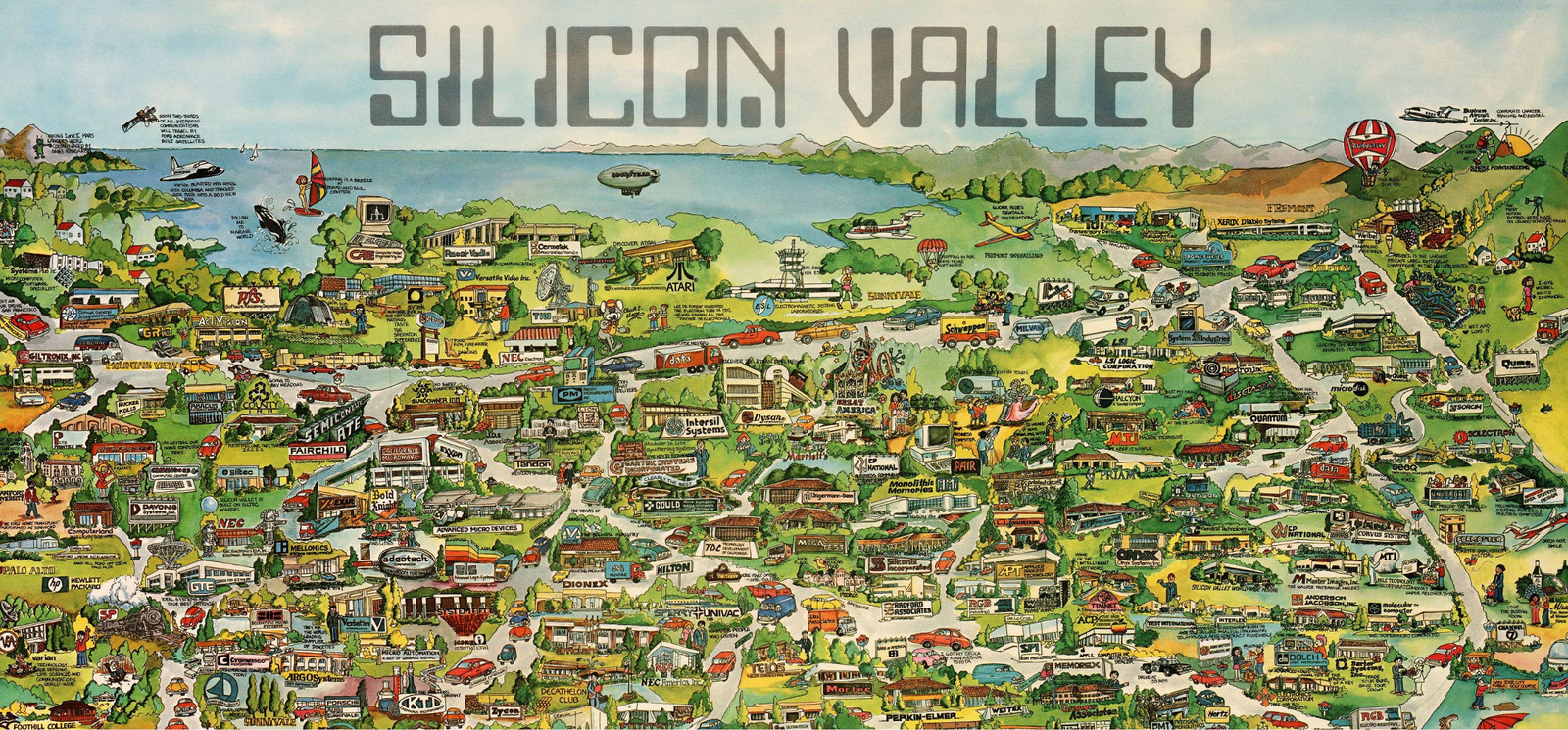Now Reading: Why Silicon Valley’s Tech Boom Still Leads Global Digital Revolution 2025
-
01
Why Silicon Valley’s Tech Boom Still Leads Global Digital Revolution 2025
Why Silicon Valley’s Tech Boom Still Leads Global Digital Revolution 2025

Table of Contents
Silicon Valley is not just a place it is a global symbol of innovation, entrepreneurship, and opportunity. From the early days of semiconductors to the rise of social media, and now artificial intelligence, this region in California has transformed into the beating heart of the world’s technology industry. The term “Silicon Valley and the tech boom” has become shorthand for economic growth, disruptive inventions, and a culture that thrives on risk-taking.
In this article, we take a closer look at how Valley became the hub of the tech boom, what industries are driving it today, and why its influence continues to shape the future of business and technology worldwide.
The Origins of Silicon Valley’s Tech Rise

Silicon Valley earned its name in the mid-20th century when silicon-based semiconductors were first developed in the region. The area around Palo Alto and San Jose became home to pioneering companies like Fairchild Semiconductor and Intel. These firms laid the foundation for the modern computing industry, sparking a chain reaction of innovation that continues today.
The presence of Stanford University also played a crucial role. By encouraging its students and faculty to commercialize their research, Stanford nurtured an entrepreneurial ecosystem that attracted investors, engineers, and dreamers from across the world. Venture capital firms soon found Silicon Valley to be the perfect environment to fund risky but potentially world-changing ideas.
The Internet Era and the Birth of Tech Giants
The 1990s saw Silicon Valley rise to global fame during the dot-com boom. Companies like Google, Yahoo, PayPal, and eBay emerged, fundamentally changing the way people worked, shopped, and communicated. Though the bubble burst in 2000, Silicon Valley proved resilient. The collapse cleared the stage for stronger, more innovative players to emerge.
In the 2000s, giants like Facebook, Apple, and Tesla accelerated the region’s reputation as the birthplace of revolutionary companies. Social media platforms created a new digital economy, while smartphones put technology directly into the hands of billions. Electric cars, cloud computing, and mobile apps all found fertile ground in Silicon Valley’s unique ecosystem of creativity, venture capital, and bold leadership.
The Current Tech Boom: Artificial Intelligence and Beyond
Today, the phrase “Silicon Valley tech boom” is closely tied to artificial intelligence (AI), machine learning, robotics, and biotechnology. Startups and established players alike are racing to develop AI-driven solutions that promise to reshape industries ranging from healthcare to finance.
Companies like OpenAI, NVIDIA, and Google’s DeepMind are leading the AI revolution, while venture capital firms pour billions into startups working on everything from autonomous vehicles to quantum computing. The region is also seeing growth in green technology, with innovations in renewable energy, sustainable materials, and electric transportation.
This wave of innovation has created new job opportunities, skyrocketing stock values, and billion-dollar valuations for companies that did not exist just a decade ago. The tech boom continues to attract global talent, making Silicon Valley not just a local hub but a worldwide phenomenon.
Economic Impact: A Global Ripple Effect
The economic influence of Silicon Valley’s tech boom stretches far beyond California. The companies born here—Apple, Google, Meta, Tesla—are among the most valuable in the world, with a combined market capitalization in the trillions of dollars.
The products and services developed in Silicon Valley touch nearly every aspect of modern life:
- Smartphones connect billions of people worldwide.
- Online platforms influence culture, politics, and global communication.
- Electric cars are changing transportation.
- Artificial intelligence tools are transforming work and education.
Countries around the world now look to Silicon Valley as a model, trying to replicate its success by creating their own “tech valleys.” Cities like Bangalore, Shenzhen, and Berlin are building innovation clusters, yet Silicon Valley still remains the ultimate benchmark.
The Challenges of the Tech Boom
Despite its success, Silicon Valley faces challenges. The rapid growth has led to skyrocketing housing costs, traffic congestion, and income inequality. Many argue that while the tech industry has created wealth, it has also widened the gap between rich and poor in the region.
Additionally, the rise of big tech companies has sparked global debates over privacy, data security, and monopolistic power. Governments around the world are increasing regulations to keep companies like Google, Meta, and Amazon in check.
There are also concerns about the future of jobs as AI and automation continue to evolve. While technology creates opportunities, it also disrupts industries, raising questions about workforce reskilling and economic stability.
Why Silicon Valley Still Leads the Tech World

Even with these challenges, Silicon Valley’s dominance continues because of its unique blend of factors:
- Access to capital: Venture capital firms provide massive funding opportunities.
- Talent pool: Engineers, researchers, and entrepreneurs from across the globe come to Silicon Valley.
- Culture of risk-taking: Failure is not stigmatized but seen as a learning step.
- University ecosystem: Stanford and UC Berkeley feed talent and research into the region.
- Global networking: Proximity to investors, mentors, and business partners accelerates growth.
This combination makes Silicon Valley a place where ideas can quickly turn into billion-dollar businesses.
The Future of the Tech Boom
Looking ahead, Silicon Valley is set to continue its leadership in global innovation. The next wave of the tech boom is expected to focus on:
- Artificial intelligence and automation
- Space exploration and private aerospace companies
- Green technology and climate solutions
- Healthcare innovations through biotechnology and genomics
- Virtual and augmented reality shaping the future of entertainment and work
The question is not whether Silicon Valley will remain relevant, but how it will adapt to meet the growing challenges of globalization, regulation, and sustainability.
Conclusion
Silicon Valley is more than just a geographical location it is a mindset. The ongoing tech boom proves that innovation thrives where bold ideas meet financial support and a culture that rewards risk-taking. From semiconductors to artificial intelligence, Silicon Valley has shaped modern life and continues to influence the way humanity works, communicates, and dreams about the future.
While challenges remain, the story of Silicon Valley and the tech boom is ultimately one of resilience, reinvention, and relentless pursuit of progress. As long as it continues to attract dreamers and doers, Silicon Valley will remain the epicenter of technological change for generations to come.
Read More:- Shobha Realty Launches Its Most Luxurious Project Yet—Full Details Inside 2025



















